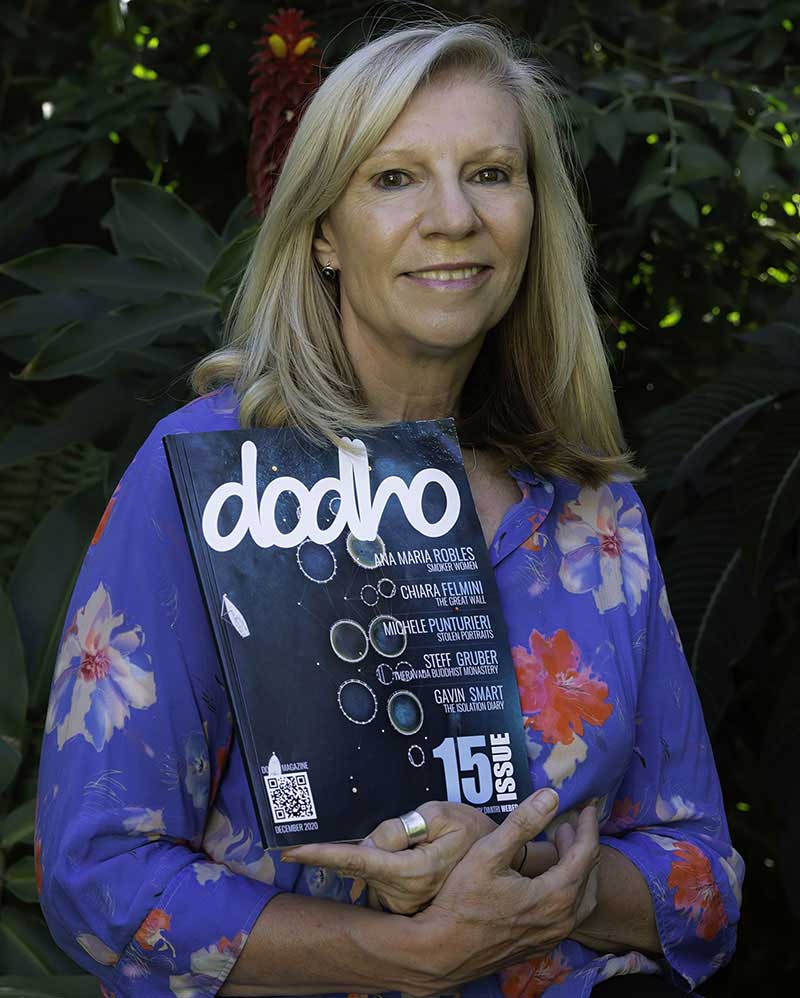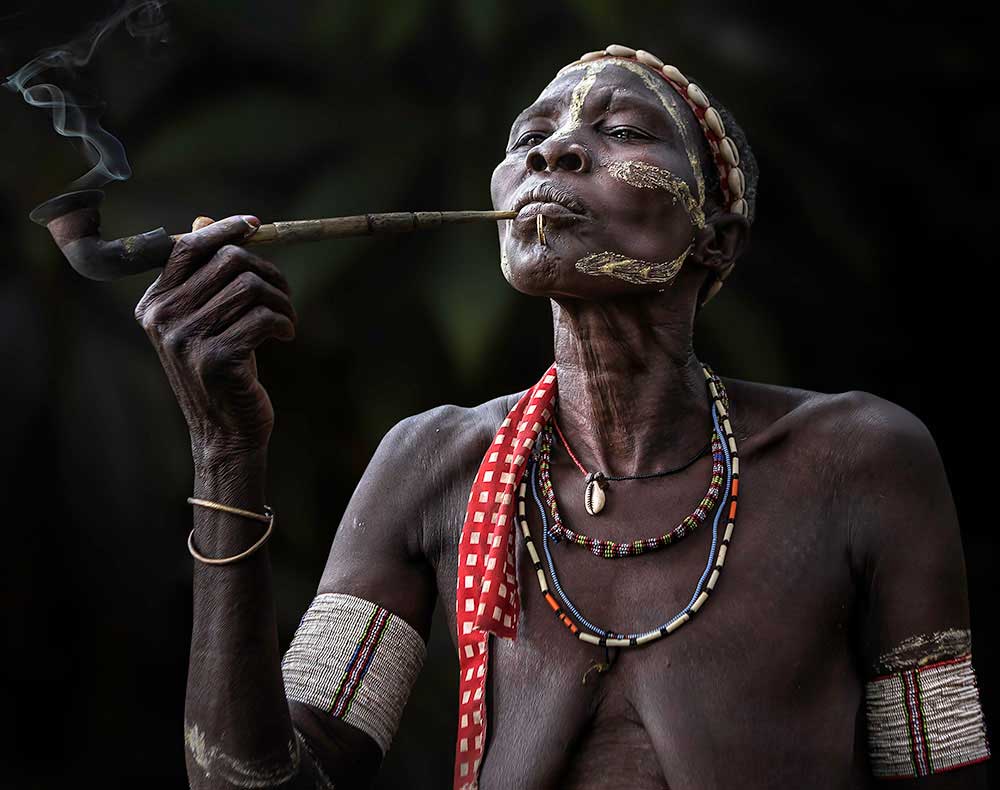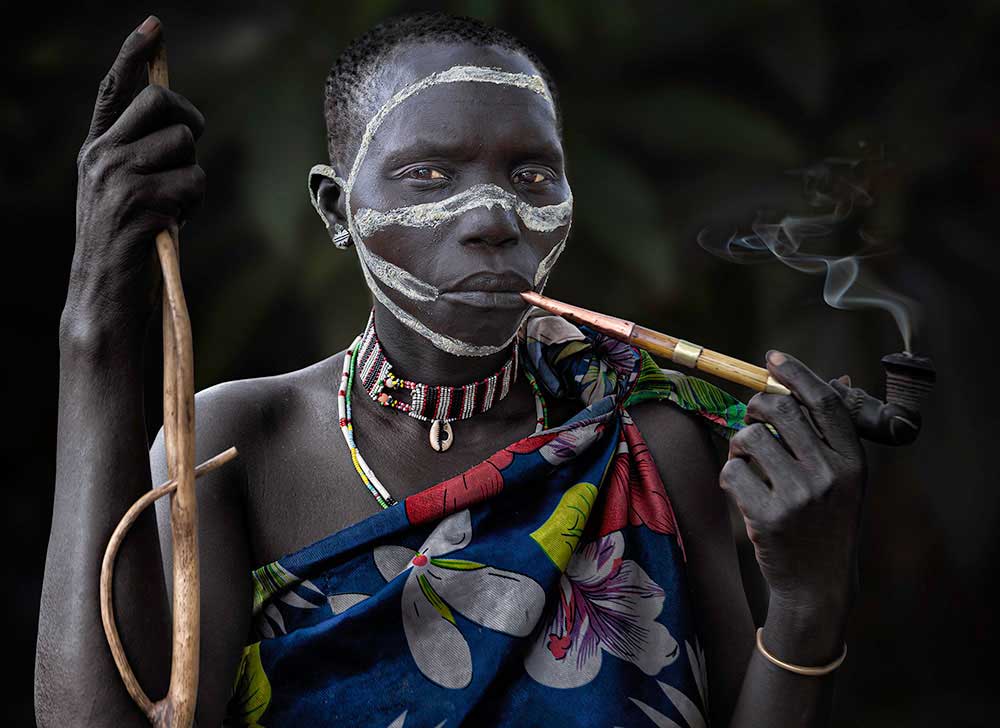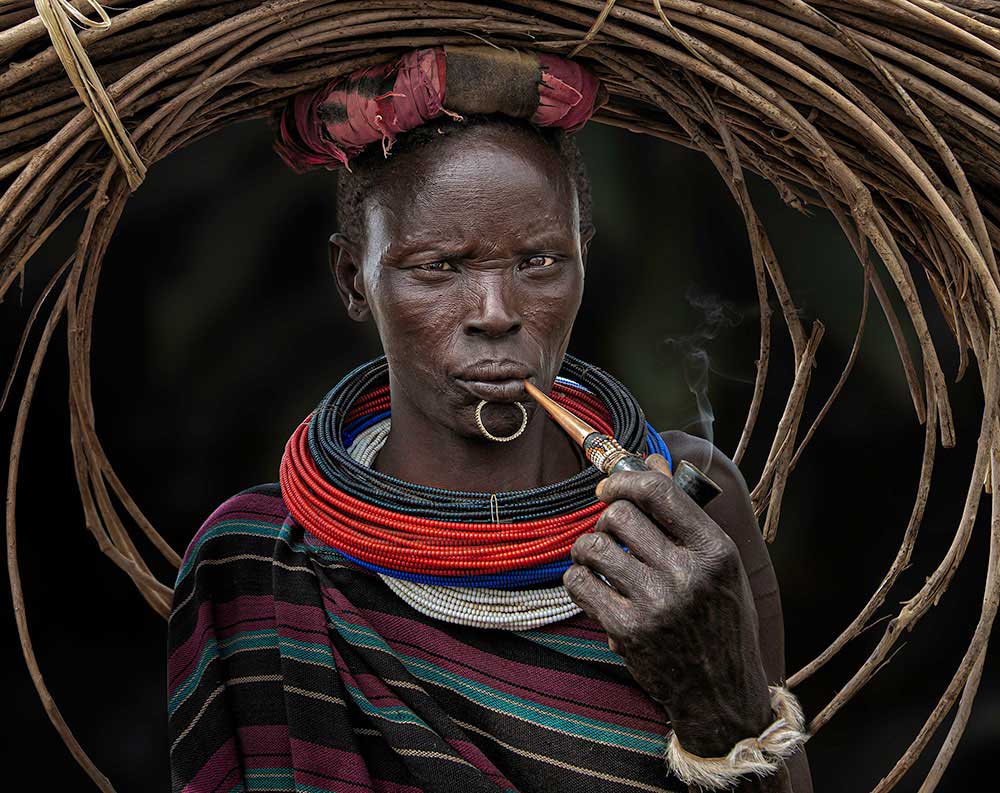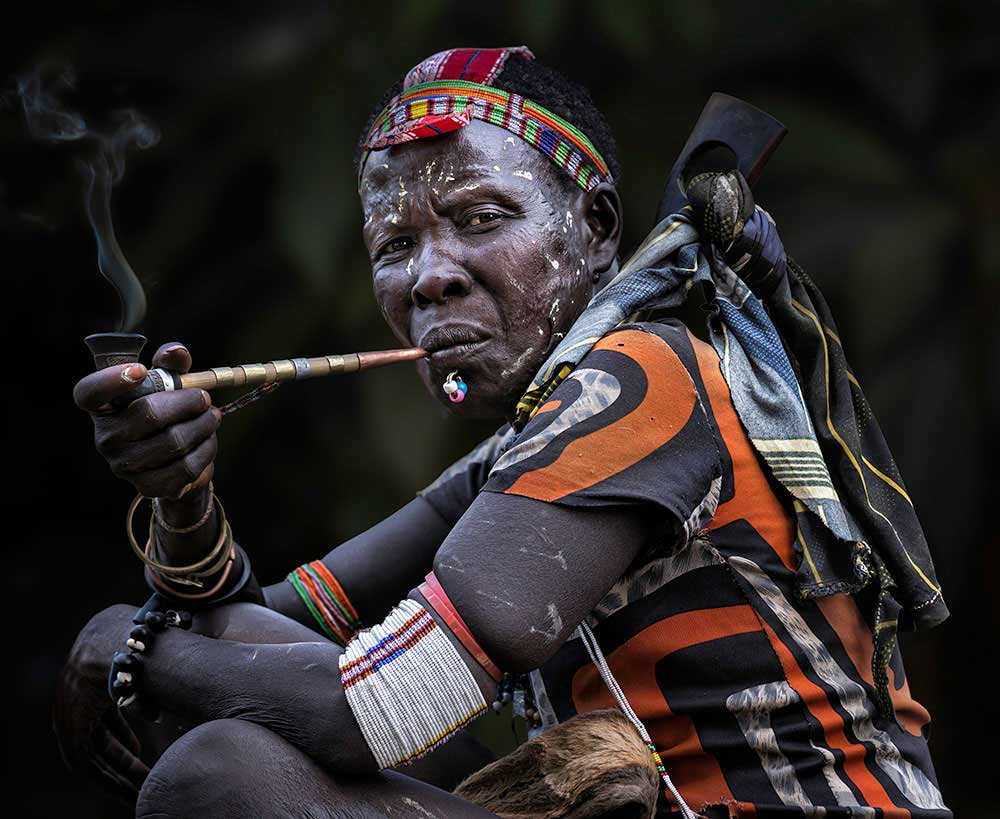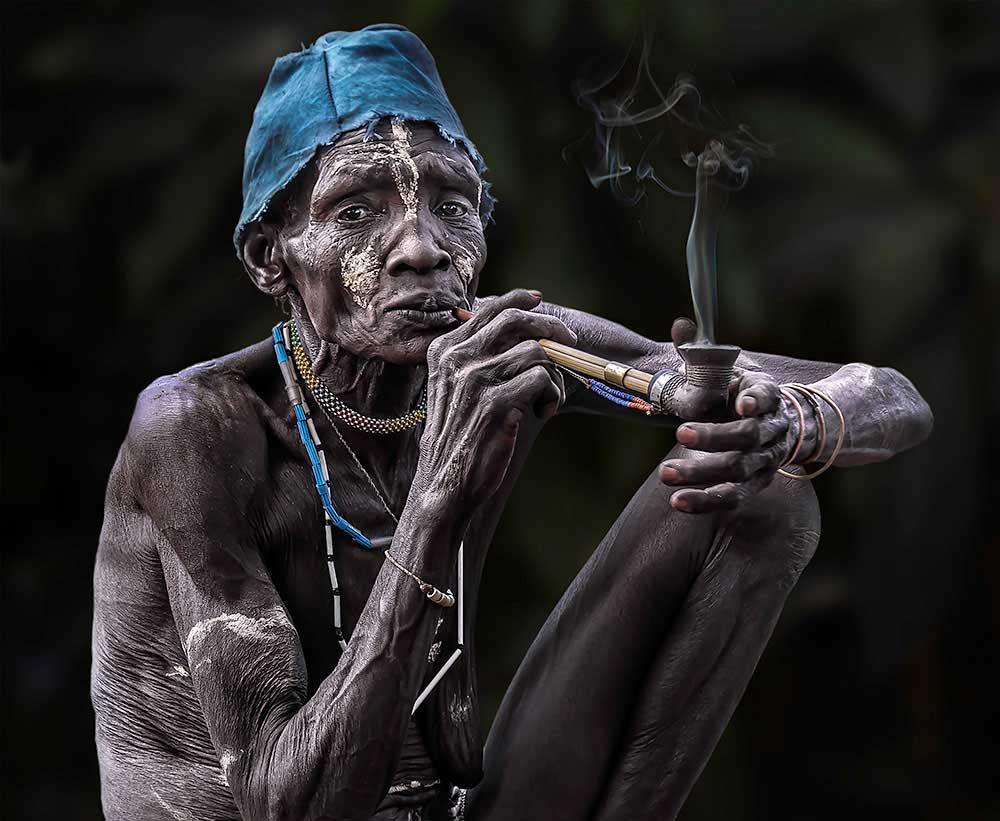Buenos Aires is my city of birth. I am a Veterinary Doctor and also a social psychologist. My passion, is photography.
I currently practice the profession of veterinary medicine, producing medicines for animals and social psychology has served to connect me with the world.
In 2000, I began studying photography focused on anthropology and nature. I have had the opportunity to travel a lot through my country and the world. (America, Africa, Asia, Oceania and a little bit of Europe) I consider myself a traveling photographer in search of cultures that still retain their traditions and have been little modified by our Western forms. These cultures are threatened by globalization, which is advancing very rapidly in these times. I have learned a great deal from them. I seek to show their customs, their ways of relating, their joys and sorrows, which in all cases are those of everyone, only in different environments or realities. In that quest I have also experienced the pain of injustice and helplessness, but in all circumstances I try to find beauty. The time to interact with people from other latitudes and feel that we can communicate and respect each other is magical. I’ve always had great experiences, because the simplest people, they give themselves without hesitation. To that aspect of photography I am absolutely grateful. [Printed edition] [Digital Edition]
It’s fascinating to see the elegance of simplicity! These photographs are an incredible testament to the traditions of tribeswomen in Africa and the Sudan. What is striking are the various poses that these women have struck when being photographed. As you mentioned “Their attitude was strong and fierce” and I could see this translated through each photograph. I’d love to know a little bit more about your first encounter with these tribeswomen, the type of conversations you might have had and how they became comfortable around you when photographing?
I could see them engaged in the setting up or repair of their huts, cooking, decorating their leather clothes with mustards, carrying cans with water over their heads, grinding cereals in stone mortars, assigning tasks to the youngest and many of them with their long pipes. The Toposa culture is transmitted by women orally through songs that tell stories, dances, music and poems. Initiation for girls is preparation for their marriage. They begin at an early age with scarifications that give them identity and at age 12, sometimes before they are seen as women, they are ready for marriage. These marriages are arranged by the elders and may be married to boys of the same age or with adults becoming wife number 3 or 4. For the delivery of the girl, the parents receive cows increasing their wealth and power in the community. If the marriage is with the boss, they are among the most prestigious women.
One common theme that seems to be present amongst these photographs is ‘pride’. These women come across as very proud and almost soldier like in appearance. As I viewed each photograph from this collection, I noticed how adorned and different each pipe was. I’d like to know if these women physically make their pipes, choosing to customize each pipe themselves?
There is no doubt that women play a leading role, but they are still a patriarchy and all decisions are made by men who meet in assemblies to discuss everyday issues. The pipes are carved and armed by them and generally match their ornaments in both the Toposa and the Didinga.
My Favourite image by far is the last photograph present on dodho’s latest issue. (The angled photograph of the tribeswoman adorned with a much larger headband). This image is very powerful, and I can almost grasp her strength and personality through this image. Could you tell us a little bit more about how you came to shoot this photograph, who this woman is and your interactions with her?
She is part of the Didinga women’s group that participated in the ceremony. She was sitting with the other women with a very serious gesture, almost ignoring me. I took some pictures of him until he looked at me and then I went over to show him on my camera how he looked. Actually, he looked at me and not at the camera, but his expression changed completely with a slight smile. Communication was gestural only. The Didinga are a people who suffer the persecution of other tribes, are warriors but the current situation makes that they cannot settle down, settle in a place and are wandering in the mountains. Their faces show the difficulties of everyday life. Do not accumulate objects, your belongings are summarized to some items in pumpkin for the preparation of your meals
As mentioned in your biography, South Sudan is a country that has been devastated by war and tribal revelries over the years. At any point we’re you invited to discuss how war has changed this tribe’s attitude and or struggles to keep their traditions over generations?
They have lived through many years of civil wars and many of the men have been part of the armies of liberation against the government.The image of the military is an image of power, so today (time when the definitive peace has not yet arrived) they are seen the elders, chiefs of tribes, wearing rubber boots with temperatures of 35 – 40 degrees in the shade.They have incorporated two military hats, trumpets, that ring all the time, they have changed the spears for Kalashnicov shotguns with the excuse of defending their animals.Women have remained more isolated, so in them there are less modifications, although the presence of T-shirts (t-shirts) marks the influence of external cultures. In the villages, not in the tribes, some children go to school and monotheistic religions have also arrived.
I would like to conclude this interview by asking you about the continuation of this project and working with representatives of the UN. I’d like to know what you are ultimately aiming to achieve with this project and how you are resuming it, as COVID-19 has made current travel restrictions relatively difficult.
With the appearance of the Covid my projects have been waiting for new times. Since 2017, I have participated in courses and conferences given by ANU-AR (Association for the United Nations of the Argentine Republic), in particular on issues related to Africa. I try to contribute my experience, which is not academic, it is experiential and I have enriched myself personally in the interaction of the people who participate in the events. My job is to spread these images to people who don’t see them.Make them visible, show the diversity of ancestral cultures that take place at the same time as ours. Globalization will gradually come to you, but the strong cultural roots can endure.
Francesco Scalici
A recent MA graduate from the University of Lincoln, Francesco has now focused on landscape photography as the basis of his photographic platform. An author for DODHO magazine, Francesco’s interest in documentary photography has turned to writing and has had various articles, interviews and book reviews published on platforms such as: ‘All About Photo.com’, ‘Float Magazine’ and ‘Life Framer Magazine’. Currently on a photographic internship, Francesco has most recently been involved in the making of a short film titled: ‘No One Else’, directed by Pedro Sanchez Román and produced my Martin Nuza.



